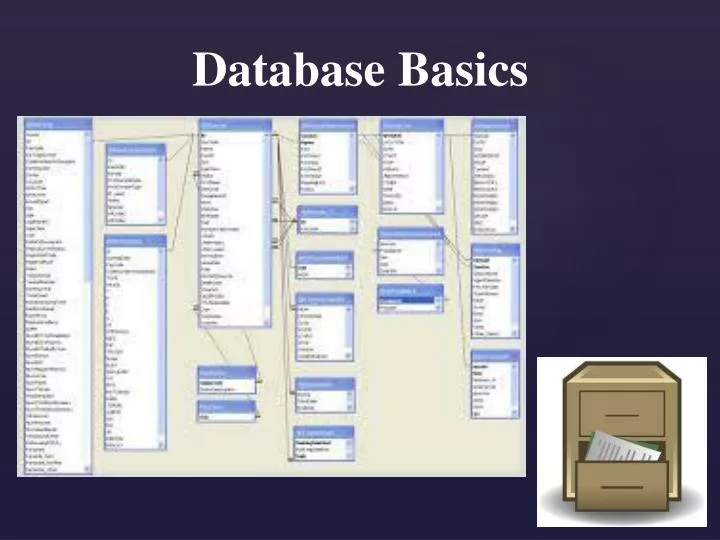

Mode: It refers to the value that appears most often in a data set. Widerstrm-Noga E, Biering-Srensen F, Bryce T. To programmatically determine which file system a BDP contains, Microsoft specifies that one should inspect the BIOS Parameter Block that is contained in the BDPs Volume Boot Record.
For more about Visual Basic operators and <>, see Comparison Operators. The international spinal cord injury pain basic data set (version 2.0). A basic data partition can be formatted with any file system, although most commonly BDPs are formatted with the NTFS, exFAT, or FAT32 file systems.
In a Function Statement or Operator Statement Function convert(ByVal b As Byte) As Stringįor a list of Visual Basic data types, see Data Types. Mean: It is the central value which is commonly known as arithmetic average. LINQ to SQL supports the following equality operators on basic data types inside LINQ to SQL queries: Equal and Inequality Operator: Equality and inequality operators are supported for numeric, Boolean, DateTime, and TimeSpan types.
#BASIC DATA CODE#
In the calling code each argument is a programming element that has already been declared, or an expression containing declared elements subString = Left( inputString, 5 ) In a Sub Statement, Function Statement, or Operator Statement Sub addSale(ByVal amount As Double) In a Property Statement Property region() As String In a Const Statement Const modulus As Single = 4.17825F With a literal type character see "Literal Type Characters" in Type Characters Dim searchChar As Char = "." C This is the first course in the four-course specialization Python Data Products for Predictive Analytics, introducing the basics of reading and manipulating. In a Dim Statement Dim amount As Double Static yourName As String Public billsPaid As Decimal = 0 The following table shows the statements you use to declare various elements. You define a programming element with a declaration statement, and you specify its data type with the As clause. In later chapters you will see how these basic types can be combined to represent more complex data types. Every variable, literal, constant, enumeration, property, procedure parameter, procedure argument, and procedure return value has a data type.

Data types apply to all values that can be stored in computer memory or participate in the evaluation of an expression. Campbell Scientific BDR320 Basic Data Recorder The BDR320 had an SDI-12 interface, 2 differential (4 single-ended) analog input channels, 1 switched. Various other data types return slightly different results.The data type of a programming element refers to what kind of data it can hold and how it stores that data. A handy checklist of basic data checks to help you rule out some obvious errors in. Results of the str() function on the sample data set PlantGrowth.įor a vector, str() tells you how many items there are - for 8 items, it'll display as - along with the type of item (number, character, etc.) and the first few entries. Learn the simple, yet crucial, techniques to help you clean your data. A data set is comprised of variables each individual data pointthe thing that is measured or countedis a variable. This will tell you the type of object you have in the case of a data frame, it will also tell you how many rows (observations in statistical R-speak) and columns (variables to R) it contains, along with the type of data in each column and the first few entries in each column. To quickly see how your R object is structured, you can use the str() function: Tail can be useful when you've read in data from an external source, helping to see if anything got garbled (or there was some footnote row at the end you didn't notice).

To see the last few rows of your data, use the tail() function: Note: If your object is just a 1-dimensional vector of numbers, such as (1, 1, 2, 3, 5, 8, 13, 21, 34), head(mydata) will give you the first 6 items in the vector. This chapter describes the basic data requirements for performing the one-dimensional flow calculations within HEC-RAS.


 0 kommentar(er)
0 kommentar(er)
